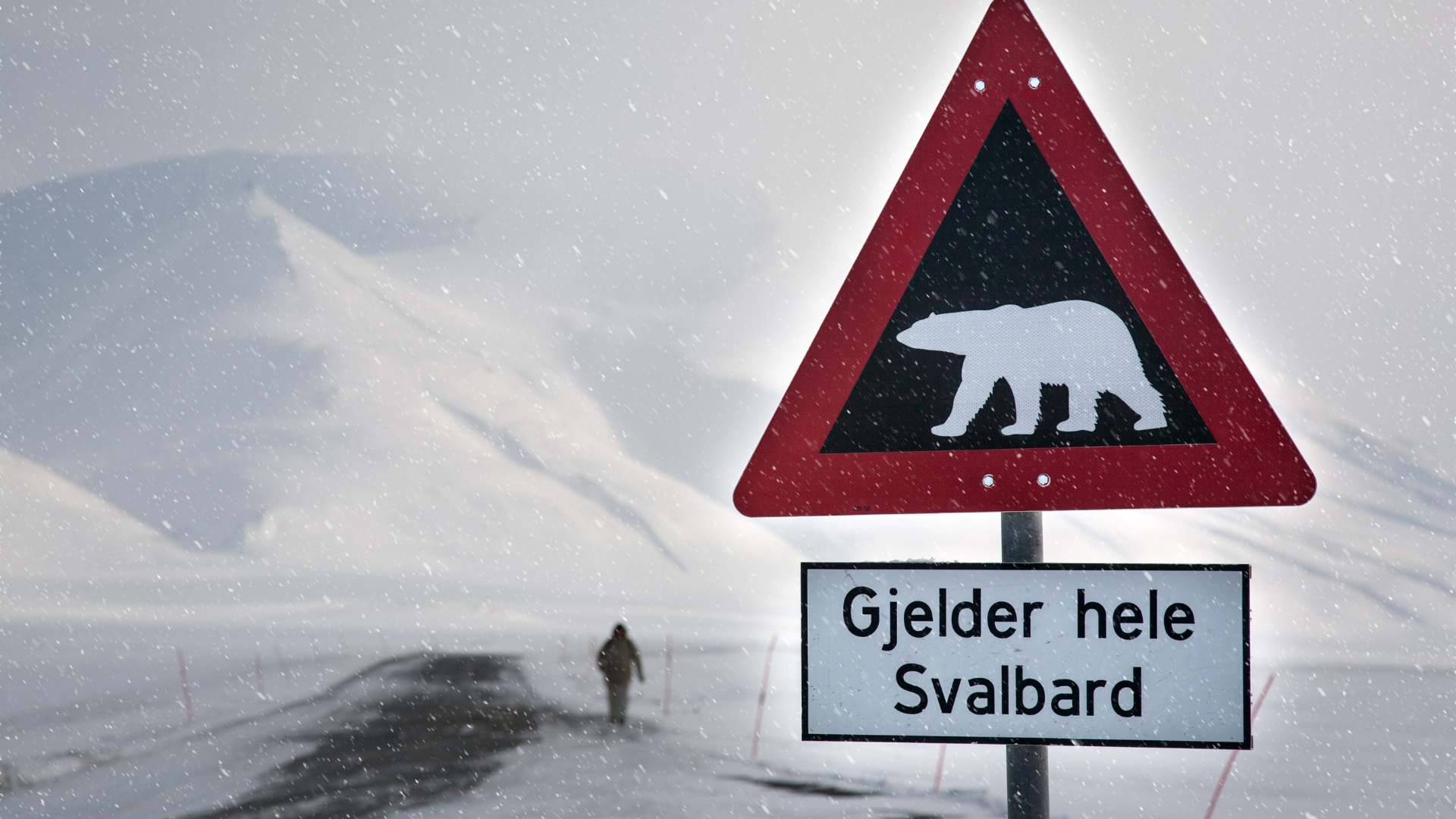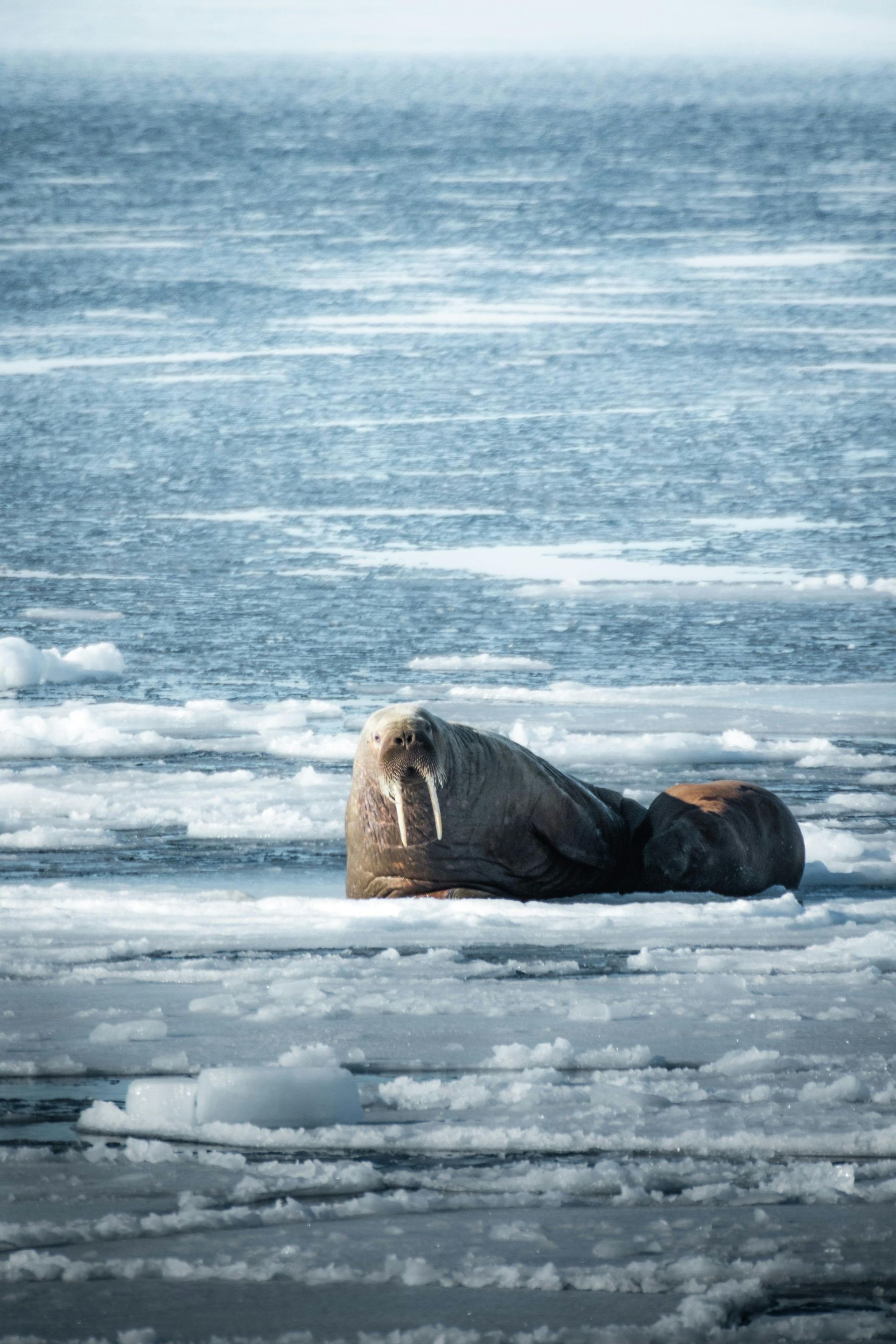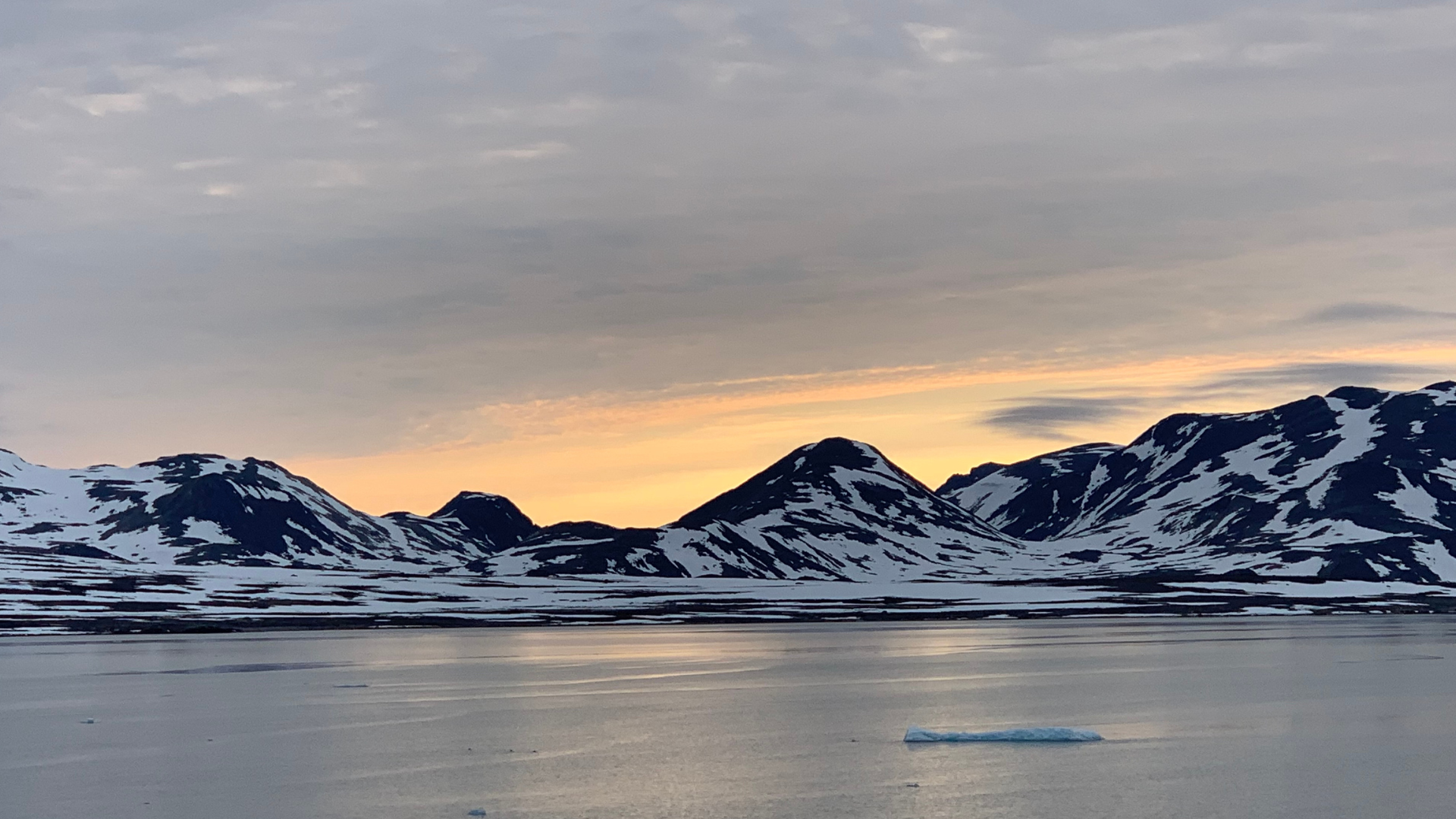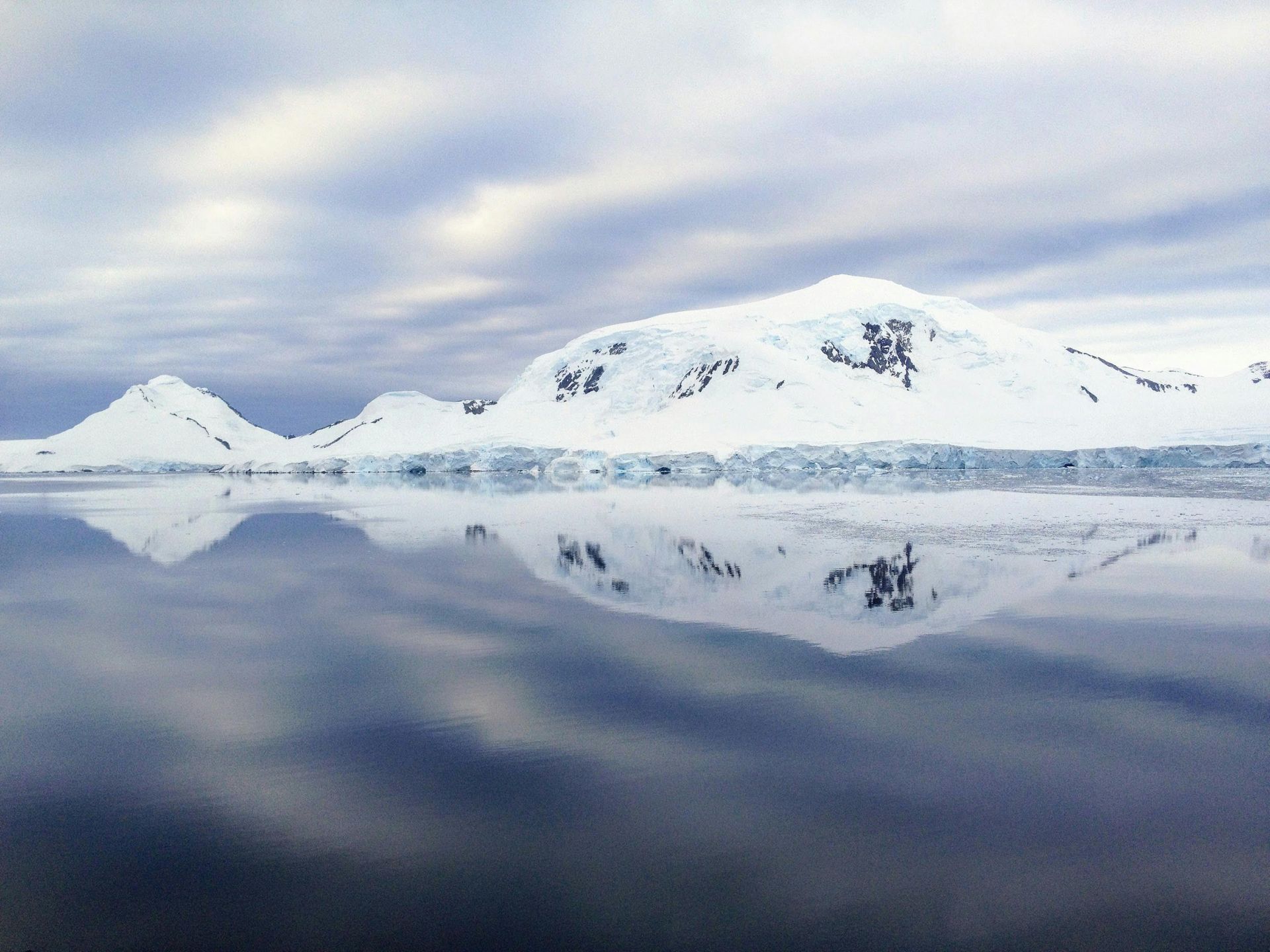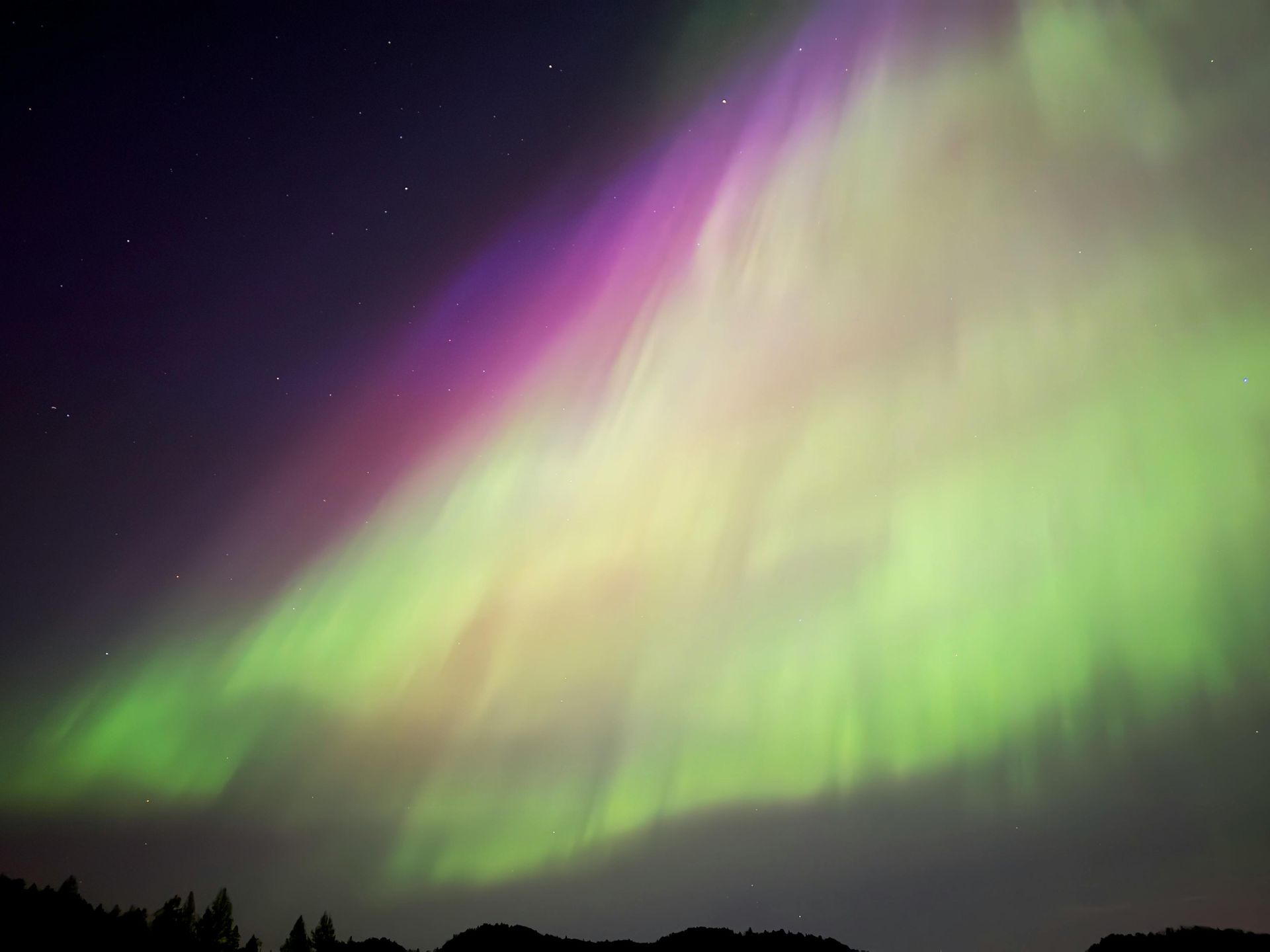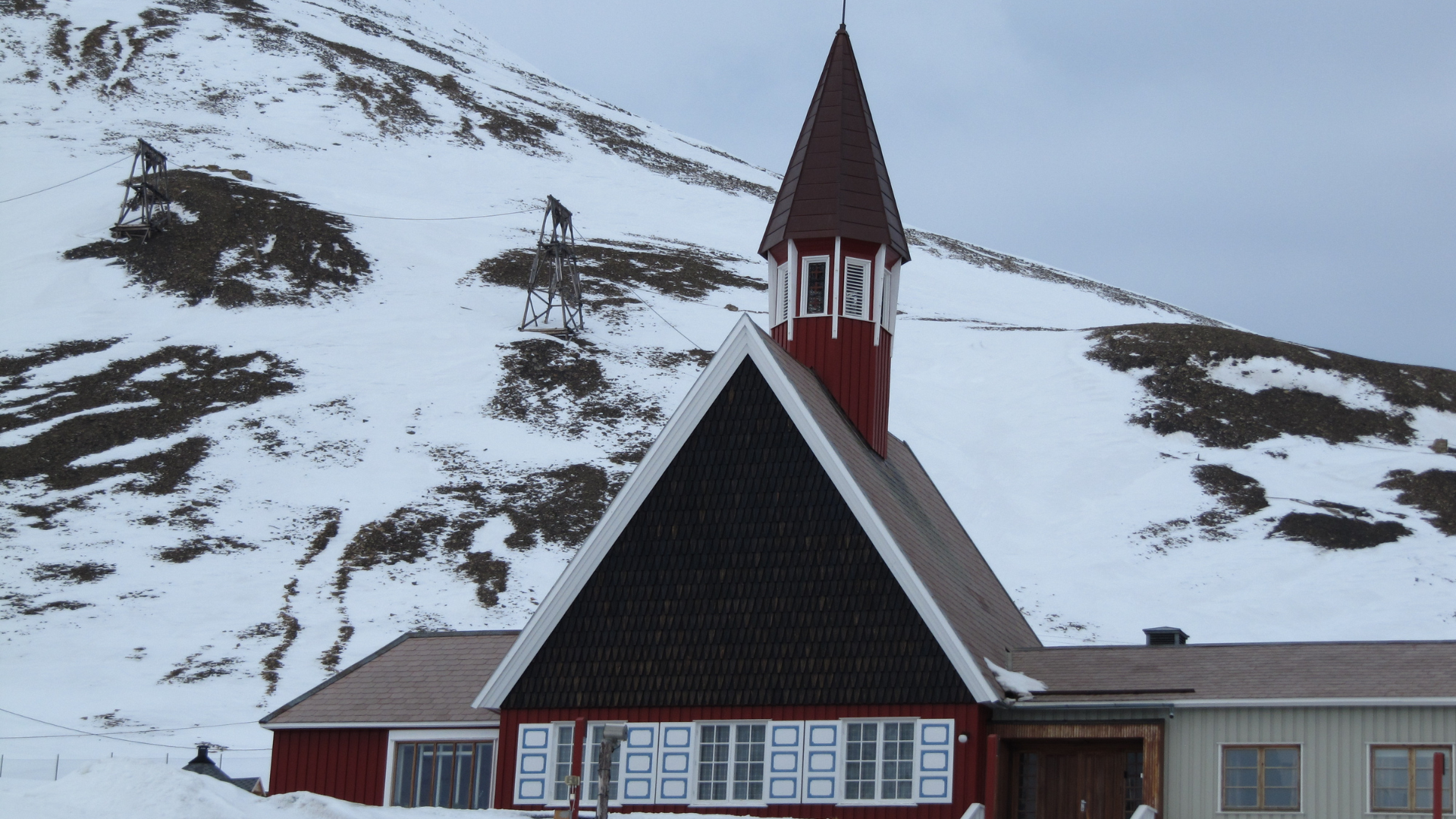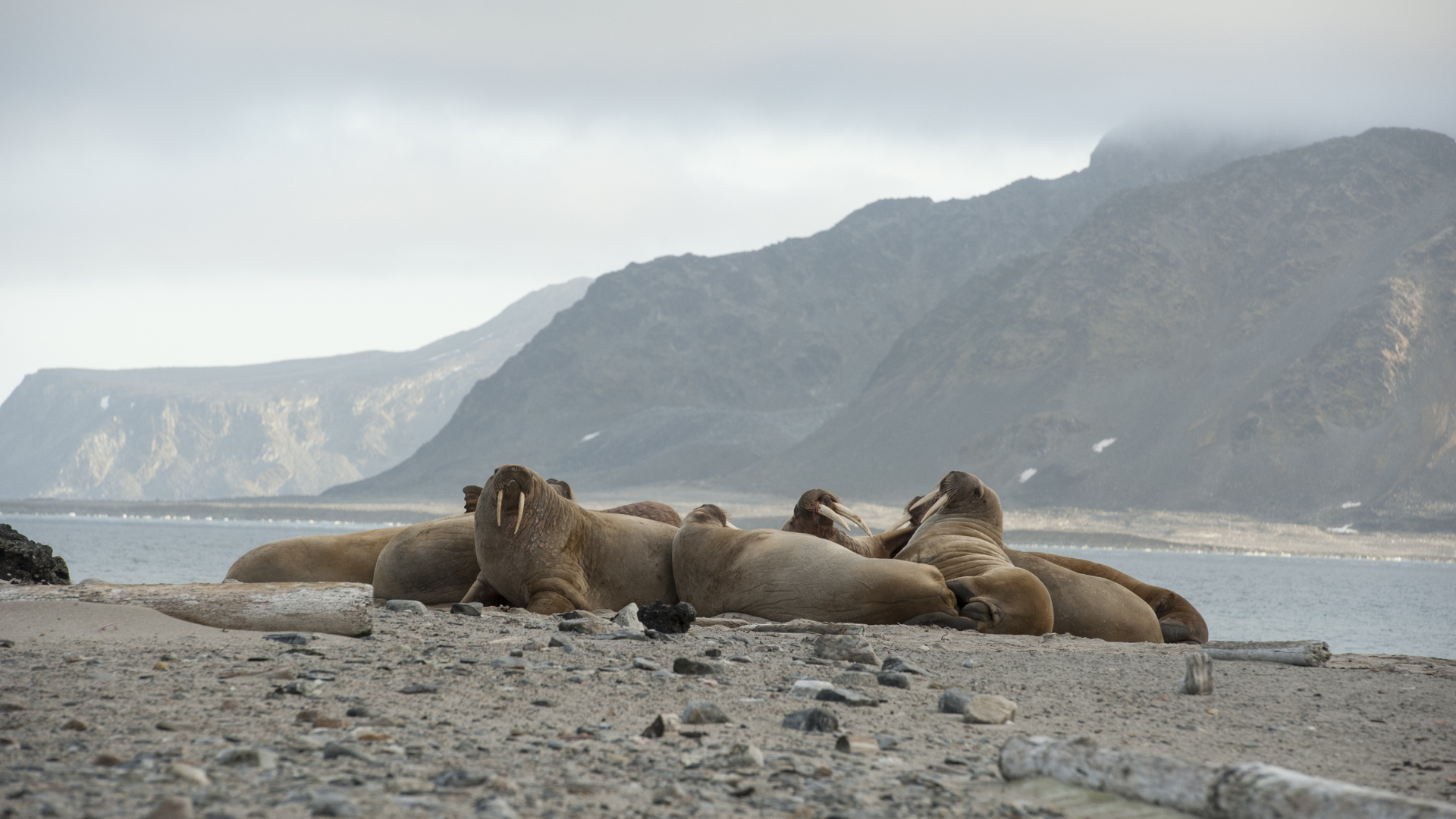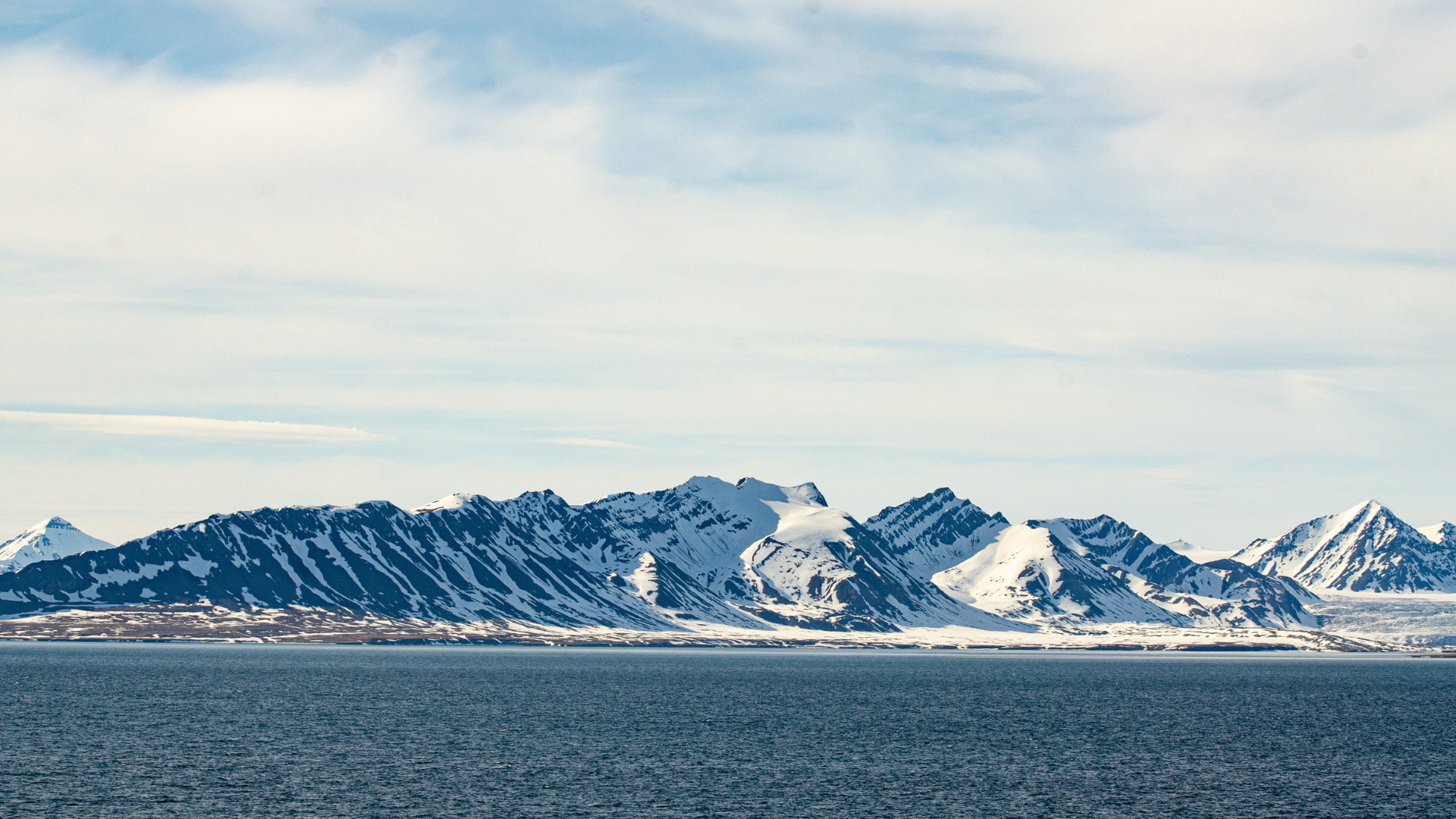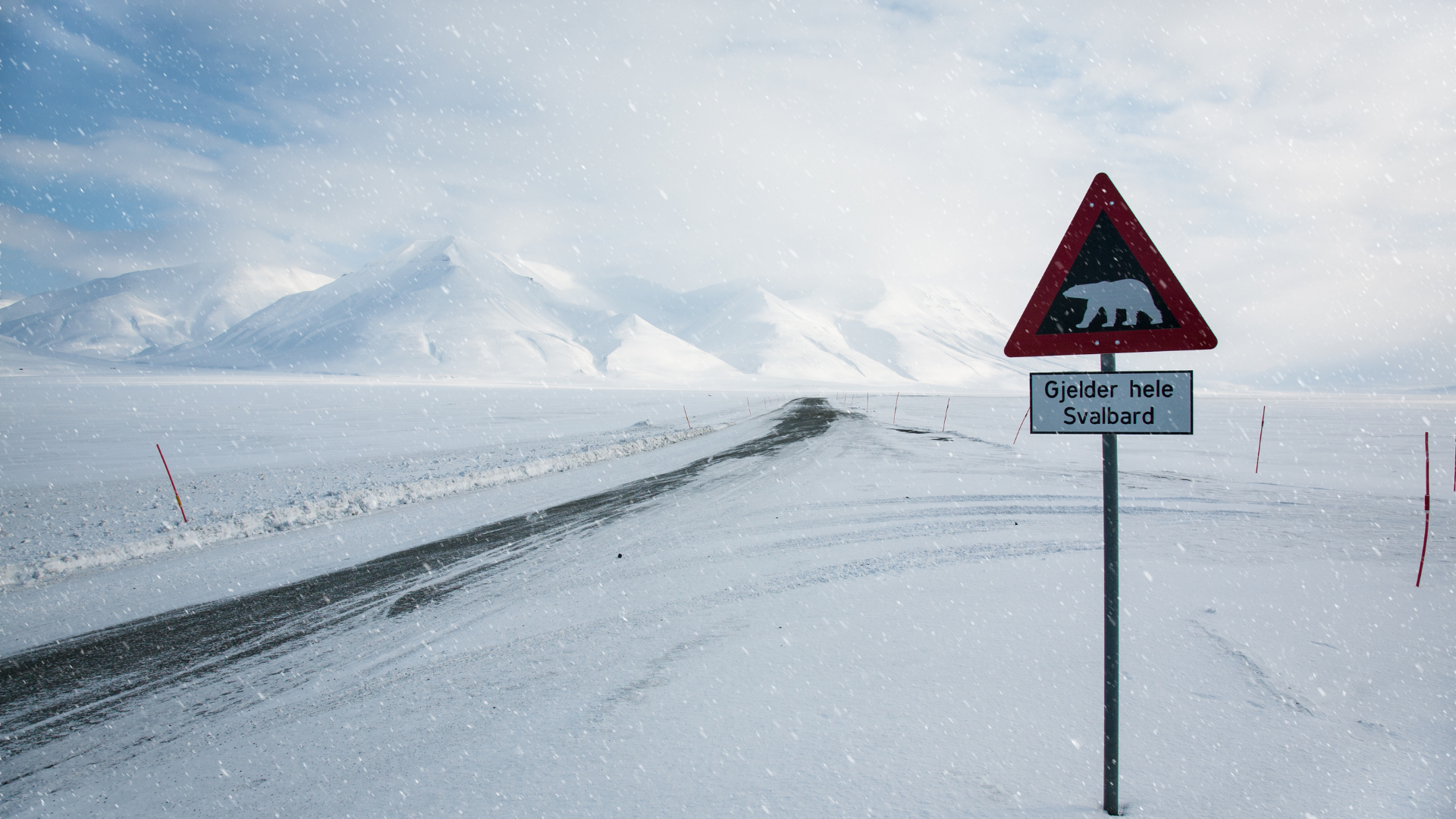Spitsbergen for Tourists in April
Spitsbergen for Tourists in April
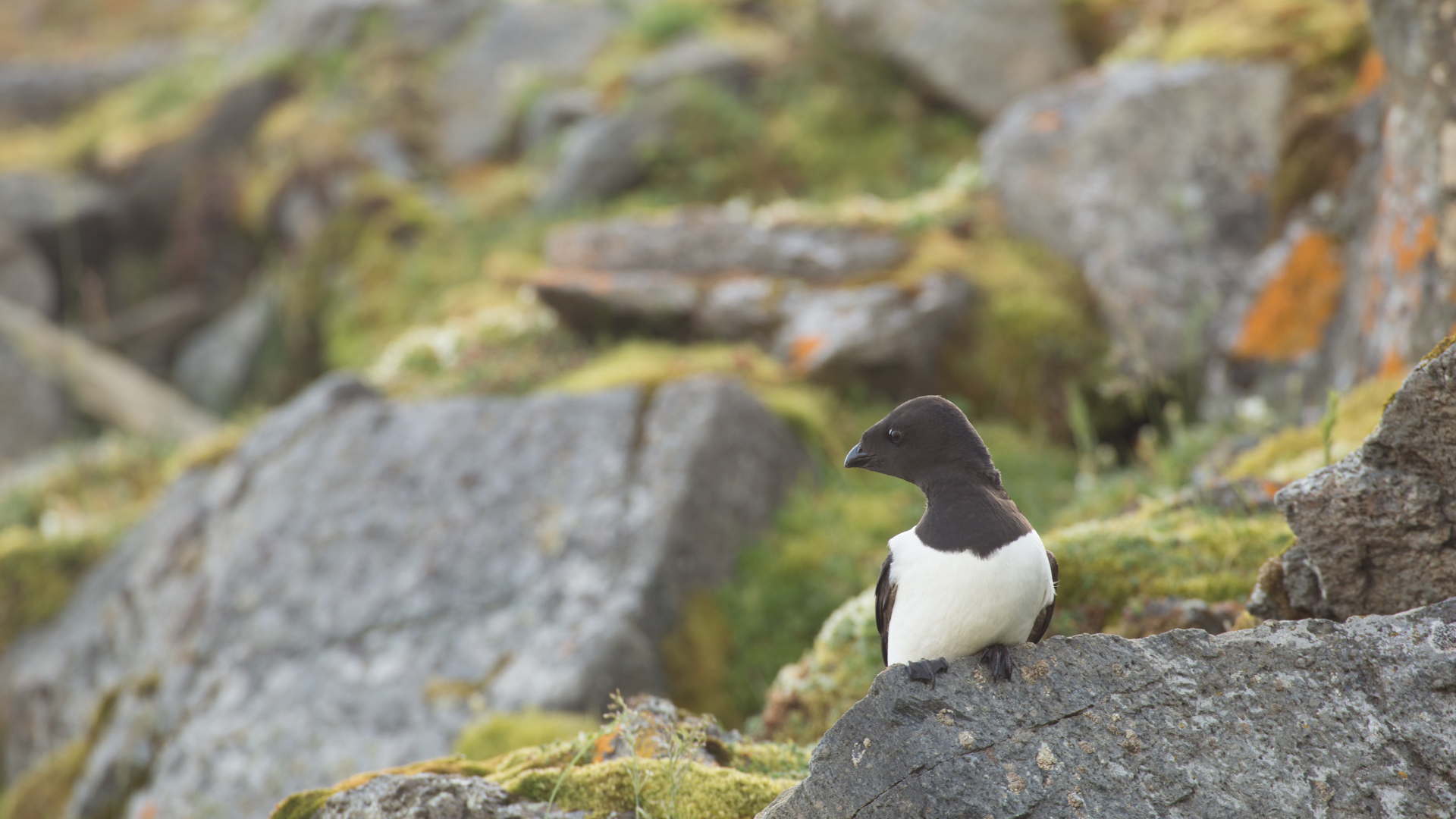
April in Spitsbergen marks the beginning of spring, though winter still maintains a firm grip on the island. For tourists, this is a fascinating time to visit, as the days grow longer and the sun rises higher in the sky. The landscape remains covered in snow, but the warming temperatures make outdoor activities more accessible and enjoyable. April is a month of transition, offering tourists a unique opportunity to experience the Arctic as it shifts from the depths of winter to the brightness of spring.
One of the main attractions for tourists in April is the chance to explore the island’s stunning natural beauty. Snowmobiling remains a popular activity, with the island’s frozen terrain providing ideal conditions for tours that take travelers deep into the wilderness. Tourists can explore glaciers, valleys, and mountain ranges, experiencing the vastness of Spitsbergen’s landscape. Snowmobile tours often include stops at points of interest, such as ice caves or abandoned mining settlements, giving tourists a glimpse into the island’s history and geology.
Dog sledding is another exciting activity that draws tourists to Spitsbergen in April. The longer days and milder temperatures make for comfortable conditions as tourists embark on guided tours across the snow-covered tundra. Many tourists relish the opportunity to connect with the sled dogs and experience the thrill of gliding across the Arctic landscape. Dog sledding tours often take travelers to remote areas, where they can fully appreciate the isolation and beauty of the Arctic wilderness.
April is also an excellent time for wildlife watching, as the return of the sun brings increased activity among the island’s animals. Tourists may spot reindeer grazing on the tundra, Arctic foxes hunting for food, and seabirds returning to their nesting grounds. Polar bears, though elusive, are also present on the island, and guided tours provide a safe way for tourists to observe these magnificent creatures from a distance. The chance to see Arctic wildlife in its natural habitat is a highlight for many visitors.
For tourists who prefer a more relaxed pace, Longyearbyen offers a range of cultural experiences. The town’s museums, such as the Svalbard Museum and the North Pole Expedition Museum, provide insights into the island’s history, culture, and wildlife. Tourists can learn about the challenges of Arctic exploration, the impact of climate change on the region, and the unique ecosystems that thrive in the cold. These museums offer a deeper understanding of the island and its significance in the Arctic.
Dining in Longyearbyen is another highlight for tourists visiting in April. The town’s restaurants offer a surprising variety of cuisine, often featuring local ingredients such as reindeer, Arctic char, and seal. Dining in the Arctic is a unique experience, and tourists often enjoy trying dishes they won’t find anywhere else. After a day of exploring, there’s nothing quite like sitting down to a warm meal in a cozy restaurant, surrounded by the stunning Arctic landscape.
Photography enthusiasts will find April to be an excellent time for capturing the beauty of Spitsbergen. The longer days provide ample light for daytime photography, while the lingering winter landscape creates dramatic contrasts between light and shadow. The island’s glaciers, mountains, and wildlife offer endless opportunities for stunning photos, and many tourists come to Spitsbergen specifically to improve their photography skills. Some even participate in workshops designed to teach techniques for capturing the challenging Arctic environment.
Visiting Spitsbergen in April offers tourists a unique blend of adventure, natural beauty, and cultural experiences. The combination of outdoor activities like snowmobiling and dog sledding, along with the chance to see Arctic wildlife, makes it an exciting time to explore the island. The return of longer days and warmer temperatures adds to the appeal, as tourists find themselves immersed in one of the most remote and beautiful places on Earth.


